I. Introduction
The three principles of the real estate business, they say, are "location, location, and location." The size of the home, the price, the backyard pool: all are important, but none of them is as important as where the house is. Some places are more desirable than others, and homes lucky enough to be built in one of them are usually the subject of bidding wars.
Military history is no different. Some locales just seem to attract more attention, draw more invaders, and generate more wars.
Take the Crimea. A diamond-shaped peninsula dominating the Black Sea, it has enticed hundreds of would-be overlords over the millennia. While it is a natural naval base, the tenuous link with the mainland via the Perekop Isthmus is also just wide enough to lure land armies. And lure them it has, one after the other: Tauri and Scythians, Greeks and Romans, Byzantines and Kievan Rus, Mongols and Ottoman Turks and Russians, Soviet commissars and German Field Marshals. All felt the pull of its beauty and its temperate climate, to be sure, but what really drew them was the location. The ruler of the peninsula has 360-degree power projection at his fingertips: north into Ukraine, east into the Caucasus, south into Asia Minor, or west into the Balkans.
"Take the Crimea?" A lot of people have tried.
II. The Crimean War
The Crimean War of 1854-56 was a classic example of the peninsula's lure. In December 1852, a diplomatic clash arose between Russia and France over the status of a handful of Christian shrines and churches in the Holy Land, then under Ottoman Turkish rule. Both powers claimed to be the protector of the Christians living in the Ottoman Empire, with Russia speaking on behalf of Orthodox believers and France the Roman Catholic population. To show that he meant business, French Emperor Napoleon III send sent a French ship of the line into the Black Sea, the Charlemagne, and Ottoman Sultan Abdul Mejid was sufficiently impressed to rule in France's favor.
Russian protests against his decision fell on deaf ears in Istanbul, and in July 1853 Tsar Nicholas I ordered Russian troops over the border into the principalities of Moldavia and Wallachia (present-day Romania and Moldova), territories that were still then under nominal Turkish control. And after Ottoman protests fell on equally deaf ears in St. Petersburg, the Empire declared war on Russia in October.
It is easy to make light of this, emphasizing the obscure monkish quarrel that started it all, but big issues were at stake. The long-term cause was the "eastern question," the upheaval in the Near East caused by the long-term decline of the Ottoman Empire. As Ottoman strength seemed to be on the wane, all the Great Powers wanted to protect their own strategic interests in the region. From the point of view of London or Paris, a direct war between Russia and the Ottomans would certainly result in a decisive Russian victory, and Russian dominance of the Near East was an unthinkable proposition. And so British and French naval units entered the Black Sea in a show of support for the Turks.
Things heated up on November 30, when a Russian naval squadron operating out of Sevastopol, the great naval base in the Crimea, used its newfangled explosive shells to destroy a Turkish squadron of thirteen ships off Sinope, inflicting some 4,000 casualties. Now under heavy pressure from public opinion inflamed by the "barbarity" of this "massacre of Sinope," Britain and France declared war on Russia in March 1854.
Their purpose was to prop up the teetering Ottoman Empire, but it hardly seemed necessary. After declaring war, Turkish forces had carried the fight to the Russians, invading Wallachia and fortifying a number of positions along the Danube river. The Russian drive south faltered, and in April 1854 they began a desultory siege of the fortress of Silistra. The Ottomans were holding their own, in other words, but unfortunately, an Allied expeditionary force was already at sea. It landed at Varna on the Black Sea in May, where poor sanitation promptly brought on a cholera epidemic that killed thousands. At the same time, recognizing that they would never take Silistra, the Russians abandoned the siege in June, and after an ultimatum from neutral Austria, they evacuated Wallachia and Moldavia altogether.
Things might well have ended here, but the Allies were in the theater, and simply turning around and going home would have been a public relations fiasco. They had to attack Russia somewhere. It had to be a high-prestige and valuable target, it had to be nearby, and it had to be a spot vulnerable to Allied naval power. Based on geography and the strategic realities of the region, there could be only one answer: an attack on the Crimea. The Allies would seize Sevastopol, punish the Russians for Sinope, and reduce the threat level to the Ottoman Empire once and for all.
A force of five British and four French divisions dutifully sailed for the Crimea, landing at Eupatoria in September. None of the contending armies had fought a serious war since 1815, and it showed. The Allies came ashore without transport and little equipment beyond rifles, drove straight down the main road towards Sevastopol, and met the Russians coming straight up to block them. There was no preliminary jousting, no attempt to find a flank, no real reconnaissance. On September 20th, the adversaries met on the Alma river.
It was the greatest battle since Waterloo, with some 62,000 British, French, and Turks facing off against 35,000 Russians, but no one covered himself with glory at the Alma. The British and French kicked things off with an unimaginative frontal assault. The Russians defended their redoubts south of the river bravely at first, but superior Allied firepower, courtesy of the new Minié rifle, soon forced them to retreat. It started out orderly enough, but as their shaky command and control broke down, degenerated into a confused rout. Fighting a long way from home with meager cavalry, the Allies failed to launch a pursuit, and their victory ended on a disappointing note. Still, the casualty statistics told the tale. The British had done the heavy lifting in the assault, suffering 362 killed and 1640 wounded. The French had difficulty scaling the cliffs in their battle sector and had shown up late, suffering 60 killed and 500 wounded. The Russians, fighting in dense columns with smoothbore muskets, suffered over 5,000 casualties of all types.
The Russian rout did not end until it reached Sevastopol. The arriving force was a beaten rabble more than a cohesive army, and the Allies might well have taken the city by brisk assault. This was a cautious war, however, and the Allied command decided instead to execute a long flank march around the city. The maneuver let them seize new ports for sup-ply, Kamietch for the French and Balaklava for the British, abandoning their original base at Eupatoria, which Cossack attacks had rendered untenable anyway.
A good idea, then, but it also wasted precious time. The Allies did not bombard Sevastopol until October 17th, by which time any hope for a speedy victory was gone. Instead, there was a siege, always a slow, difficult, and costly business. It began with another out-break of disease hitting the expeditionary Allies, this one a combination of dysentery and cholera, and the end of November piled on a bitter winter storm that wrecked their supply fleet. While such things happen in every war, there was a new factor in the Crimea, the telegraph, which allowed correspondents like W.H. Russell of the London Times to file daily stories carrying every gory detail to shocked readers back home. One of them was Florence Nightingale, proprietor of a London nursing home. With the support of the government, she traveled to the Crimea and did wonders reforming the muddled Allied medical services, in the process becoming a wartime media star.
On the ground, the Russians launched three inept relief attempts of Sevastopol, at Balaklava in October (site of the charge of the British Light Brigade), Inkerman Ridge in No-vember, and the Tchernaya river in August 1855. The Allies beat back each one with heavy losses, and the issue was no longer in doubt. Successive Allied bombardments of the fortress met increasingly feeble resistance, and a French assault in September 1855 smashed the most important defensive position, the Malakoff Redoubt. Recognizing defeat, the Russians fired their arsenals and abandoned the city.
By now all asides were exhausted, and the subsequent Peace of Paris reflected it. The treaty gave Sevastopol back to the Russians, since a long-term Allied occupation was not politically or militarily feasible, but it also demilitarized the Black Sea, barring the Russians from stationing fleets or forces in the theater. That was about it, however, and even those meager clauses would have a very short half-life. With Europe distracted by the Franco-Prussian War in 1870-71, the Russians would renounce the entire treaty.
Largely forgotten today, the Crimean War was a signal moment in history for many reasons. The art of war took a quantum leap forward, with railroads, rifles, and the telegraph taking center stage. Russia's complete ineptitude--unable even to defend a fortress on its home soil--came as a shock to the country. It led to long overdue social reforms such as the abolition of serfdom, but also fostered the rise of radical revolutionary groups who would eventually bring down the Empire altogether. But more than anything, the war showed the importance of the Crimea itself, then as always a key piece of strategic real estate. This time, the lure of the Peninsula had summoned forth the soldiers of four great empires, and killed over a half million of them.
III. World War II
We see the same dynamic at work in World War II. The war between Nazi Germany and the Soviet Union was the greatest land conflict in history. Both sides mobilized tens of millions of men, and combat raged from the Arctic Circle to the Caucasus mountains. And yet, at times it seemed as if Crimea had become the focal point of the entire titanic struggle.
Again, it was a matter of location. The simple face was that neither side could advance beyond a certain point in the Ukraine if the Crimea was in hostile hands. The Germans felt the pull first. With Army Group South driving on Rostov at top speed in summer 1941, Field Marshal Gerd von Rundstedt had to halt and divert an entire field army, the 11th, to overrun the Crimea. When the 11th's commander, General Eugen von Schobert, had the bad fortune to land his Fieseler Storch in a freshly laid Russian minefield, General Erich von Manstein took command. Blasting into the Crimea through deeply echeloned Soviet defenses in the Perekop Isthmus, he had his eyes on the great prize, Sevastopol.
Before he could get there, however, trouble intervened all over the map. Crimea's central location is a two-edged sword: events transpiring in many different sectors can affect it deeply. A Soviet counteroffensive on the northern shores of the Sea of Azov forced him to detach a corps to contain it; the fall of Odessa to the west brought another evacuated Soviet division into Sevastopol. Although German intelligence reported three Soviet divisions in the peninsula, by now there were at least seven.
As a result, the Germans had a tough time clearing the Crimea, and were not ready to storm Sevastopol until December. The Germans had to blast through three concentric rings of Soviet fortifications including strongpoints, machine gun nests, medium and heavy batteries in armored cupolas, and positions built into the caves and rocky hillsides. They came within a stone's throw, but just as they were making their breakthrough, Soviet reinforcements arrived in the form of the 79th Independent Marine Brigade. Transported into Severnaya Bay on a small flotilla, they hustled ashore, rushed to the threatened sector, and held hold back the onrushing Germans. The Soviet crisis at Sevastopol was past.
Now it was the Germans who were in trouble. As Manstein pondered his failure, the Soviets landed a blow on the eastern side of the Crimea, a series of amphibious landings on the Kerch peninsula. Three complete armies came ashore (51st, 44th, 47th), and Soviet commander General D. T. Kozlov now hurled them at the German defenses in the Parpach bottleneck. Four times he sent them forward, and four times they came reeling back with massive casualties. The final try, in April, was especially horrible, with tanks, guns, and trucks stuck in glutinous the mud and the men having to muscle shells forward by hand.
Kozlov had failed, and once again it was advantage Manstein. His response was Operation Trappenjagd ("Bustard Hunt," for the flightless bird that inhabits the Crimea). The Soviet offensives had petered out with slight gains on the northern sector, a bulge pushing out towards the German lines. Smelling blood, Manstein launched an assault on May 9th. Deploying XXXXII Corps in the north to pin Soviet forces in place, he had a beefed-up XXX Corps make the main effort in the south, breaking through the Soviet front and opening a path for 22nd Panzer Division. Once through, the Panzers wheeled sharply left, heading north and driving to the coast across the rear of the Soviet 51st and 47th Armies in the bulge, cutting them off and encircling them. Throughout the offensive, the German Luftwaffe was supreme in the air, with virtually all of Luftflotte 4 deployed in the Crimea. Usually tasked to support an entire army group, it flew thousands of sorties per day over this tightly constricted battlefield. Soon the encirclement became a seething "cauldron" of fire and destruction. Kerch itself fell on May 16th, day eight of the operation. After two more days of mopping up, Trappenjagd was over. Soviet losses had been colossal, some 170,000 men in all, over 1,100 guns and 250 tanks; the Germans, by contrast, had lost just 7,500.
Still, Sevastopol held out. Russian skill at siege and field fortification was proverbial, and the defenders of the fortress (the 1st Independent Coastal Army) had been busy in the last few months. New strongpoints, bunkers, and tank traps sprouted around the perimeter, and crucial sectors like the northern shore of Severnaya Bay had some of the most heavily fortified concrete blockhouses on earth. Chief among the guardians were the monstrous twin forts, "Maxim Gorky I" and "Maxim Gorky II," each containing two heavily armored turrets housing twin 305 mm. guns. Superlatives are always difficult to prove, but Sevastopol may well have been the strongest fortress in the world in 1942.
Manstein had an answer, though, a blast of "annihilation fire." By early June he had readied his entire complement of airpower, and guns of every type were unlimbering at the front. They included the monsters of the German arsenal, pieces so large that they fascinate even today: two 600 mm. guns ("Karl"), along with "Dora," the world's largest artillery piece at 800 mm. and a barrel ninety feet long. It was a "crew-served weapon": a crew of 2,000.
The bombardment opened up on June 2nd, with 600 ground support aircraft and 611 guns crammed into a front just twenty-one miles wide. It turned Sevastopol into a "sea of flames," as the German air commander described it, and it stayed that way for a month. A single shell from Dora, for example, destroyed an entire ammunition dump constructed out of ninety feet of rock on the north shore of Severnaya Bay. Not even the underground tunnels that linked these positions together, and housed the civilian population during the fighting, offered much protection.
Backed by this enormous weight of metal, the Germans ground through the Soviet defenses, with LIV Corps pushing in the north and XXX Corps to the southeast. Between them, the Romanian Mountain Corps--fine troops--carried out a holding operation. Soviet resistance was tenacious, and losses were heavy on all sides, but by June 13th, the Germans had gained the north shore of Severnaya Bay. Again spotting an opportunity--his operational gift--Manstein now devised an elegant operational maneuver to unhinge Soviet defenses. On the night of June 28th-29th, elements of 50th Infantry Division carried out a daring amphibious crossing of Severnaya Bay on one hundred assault boats, seizing the steep southern bank in their initial rush. In the course of the day they overran the Inkerman Ridge and the old Malakoff bastion, positions that had been so crucial to the defense of the city in 1855.
Manstein's stroke had fatally compromised Sevastopol's innermost defensive ring and sealed the fate of the fortress. With 11th Army outside the gates, and with air and artillery continuing to chew up the rubble, Soviet commanders in Sevastopol received evacuation orders late on June 30th--too late, as it turned out, and many Soviet soldiers went needlessly into captivity. The Germans entered the city on July 1st.
The Crimea's ordeal was not yet over. Soviet partisans continued to inhabit the Yaila mountains, as they would for the rest of the war, and the Germans relied on their usual monstrous tactics--reprisals, hostages, mass shootings--in a futile attempt to crush them. After the German debacle at Kursk in July 1943, massive Soviet counterstrokes carried the Red Army up to and over the Dnepr river. In the course of their great advance, they sealed off the Crimea once again, bottling up German 17th army in the peninsula. A great Soviet offensive into the Crimea in April 1944 saw the former lineup reversed. Now it was the Germans defending Perekop and holed up inside Sevastopol, with Soviet 4th Ukrainian Front, under the able command of General F. I. Tolbukhin, trying to break them. The Soviets forced their way though Perekop in two weeks of fighting, overran the peninsula in a third week, and by late April stood outside Sevastopol. The Germans had never rebuilt the fortress, however, and a final Soviet assault made short work of them. In a final ironic coda, the German attempt to evacuate the doomed fortress was no more skillful than the Soviet had been in 1942, and losses among the 17th Army and Romanians alike were huge.
IV. Conclusion
What emerges from the military story of the Crimea is more than a mere battle narrative. It is how crucial this little acre has been to so many contenders. It will never be easy to compute the number of soldiers on all sides--German, Romanian, and Soviet--who perished there in the course of World War II, not to mention those who died in the Crimean War, or the innumerable battles for dominance of the peninsula dating back to ancient times.
One thing is certain, however. While the number is out of all proportion to the size of the peninsula, it is not out of proportion to its location, or its strategic significance. Every single one of the generals who fought there would agree on that. And so, we can surmise, does Vladimir Putin.
This article appeared in the March 2017 issue of Military History magazine.
Robert Citino, PhD
Robert Citino, PhD, is the former Samuel Zemurray Stone Senior Historian in the Jenny Craig Institute for the Study of War and Democracy.
Cite this article:
MLA Citation:
APA Citation:
Chicago Style Citation:
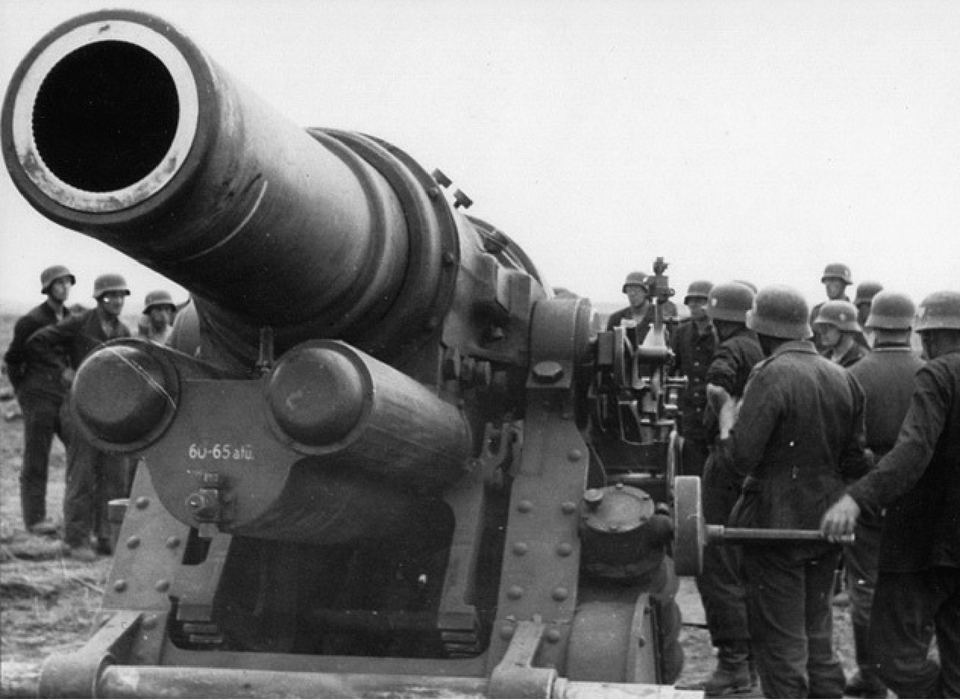
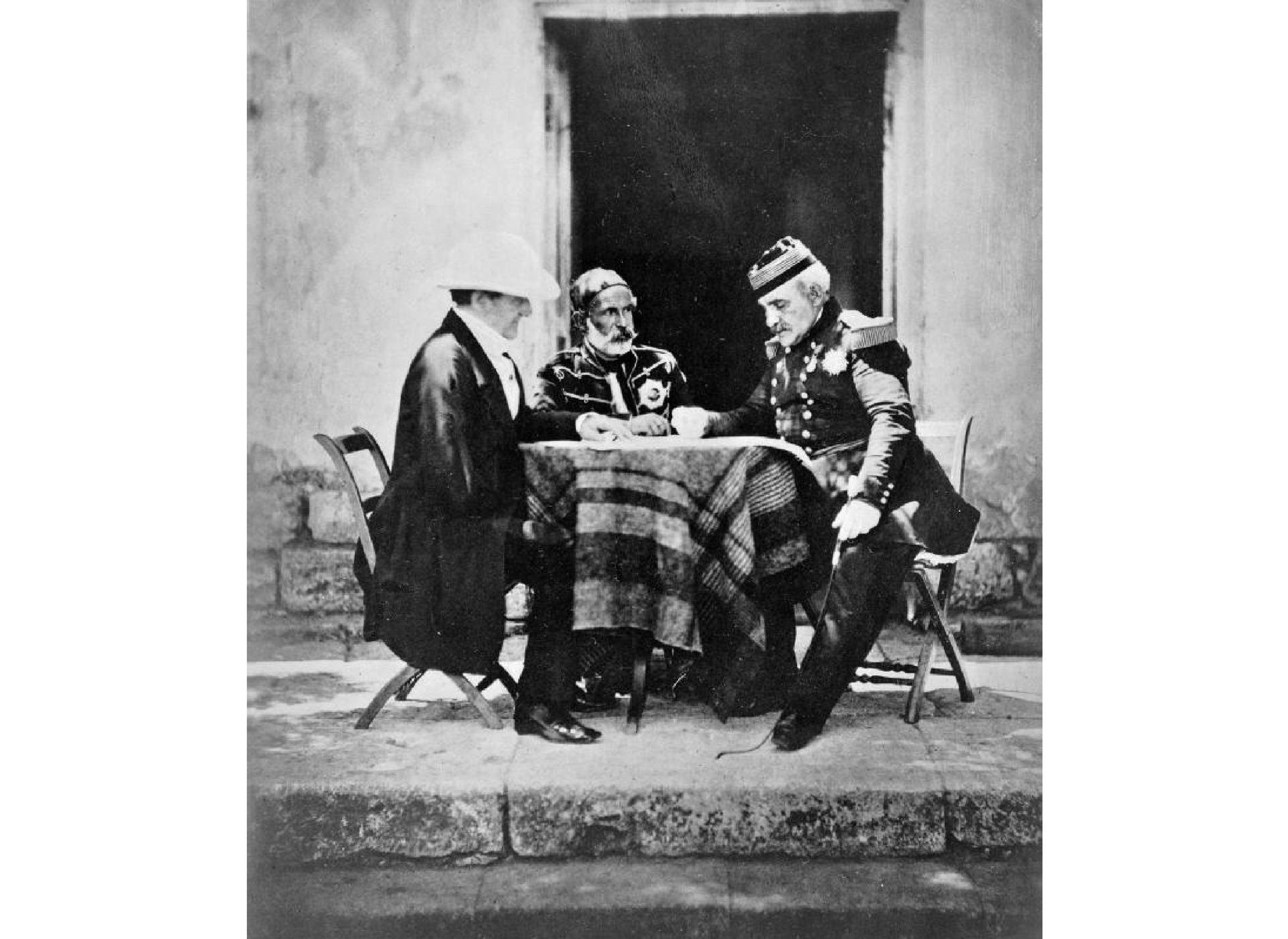
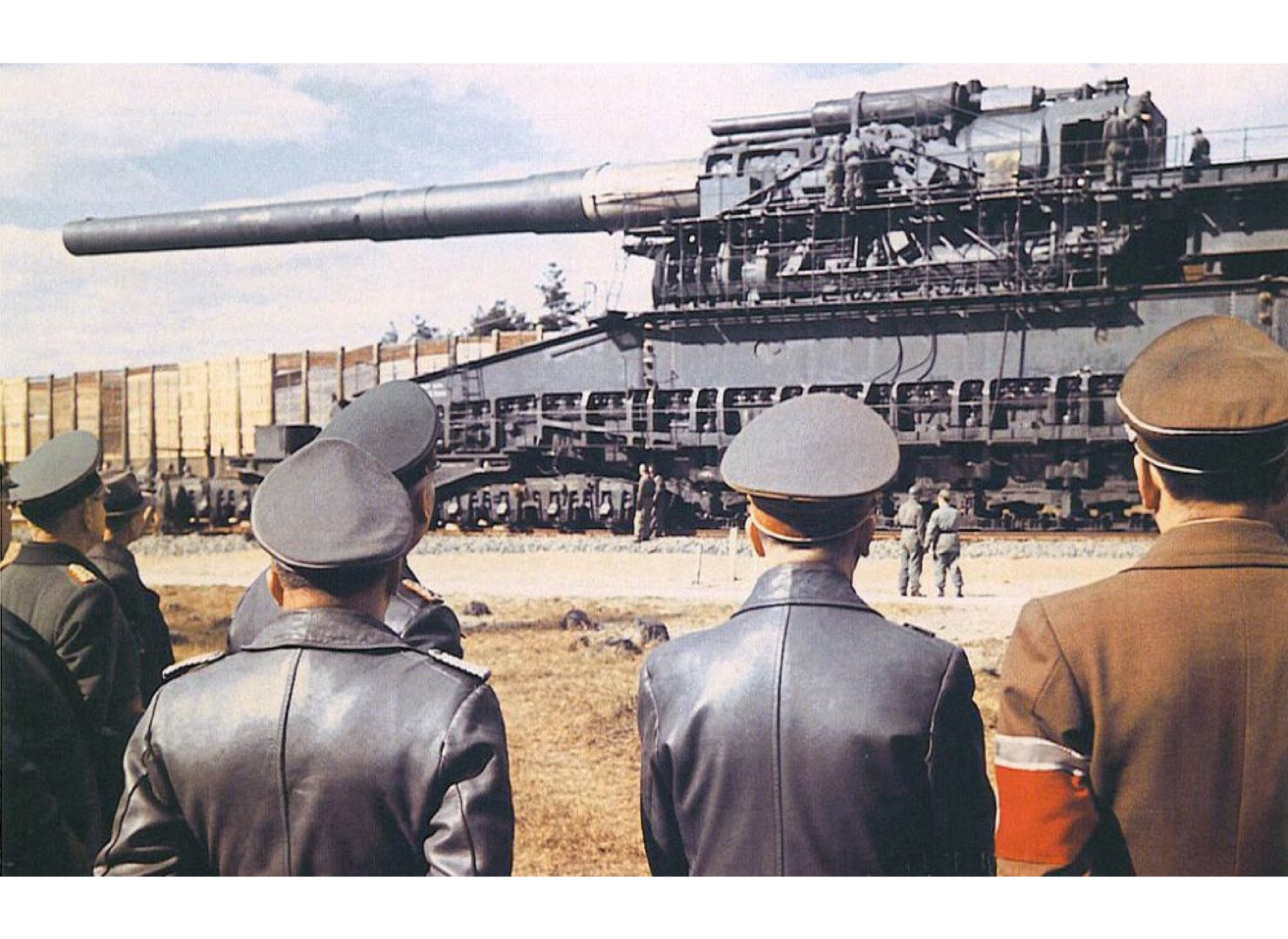
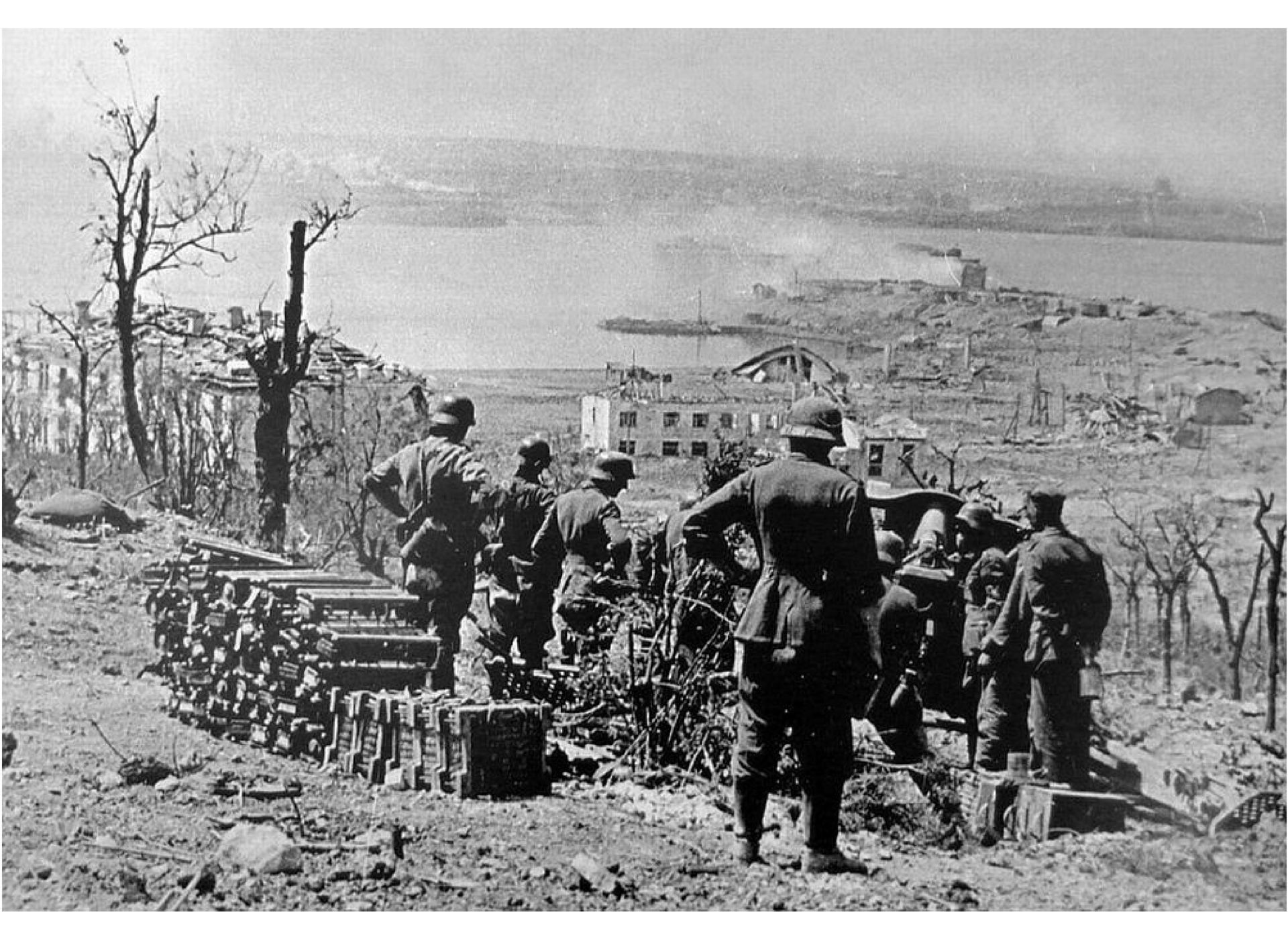
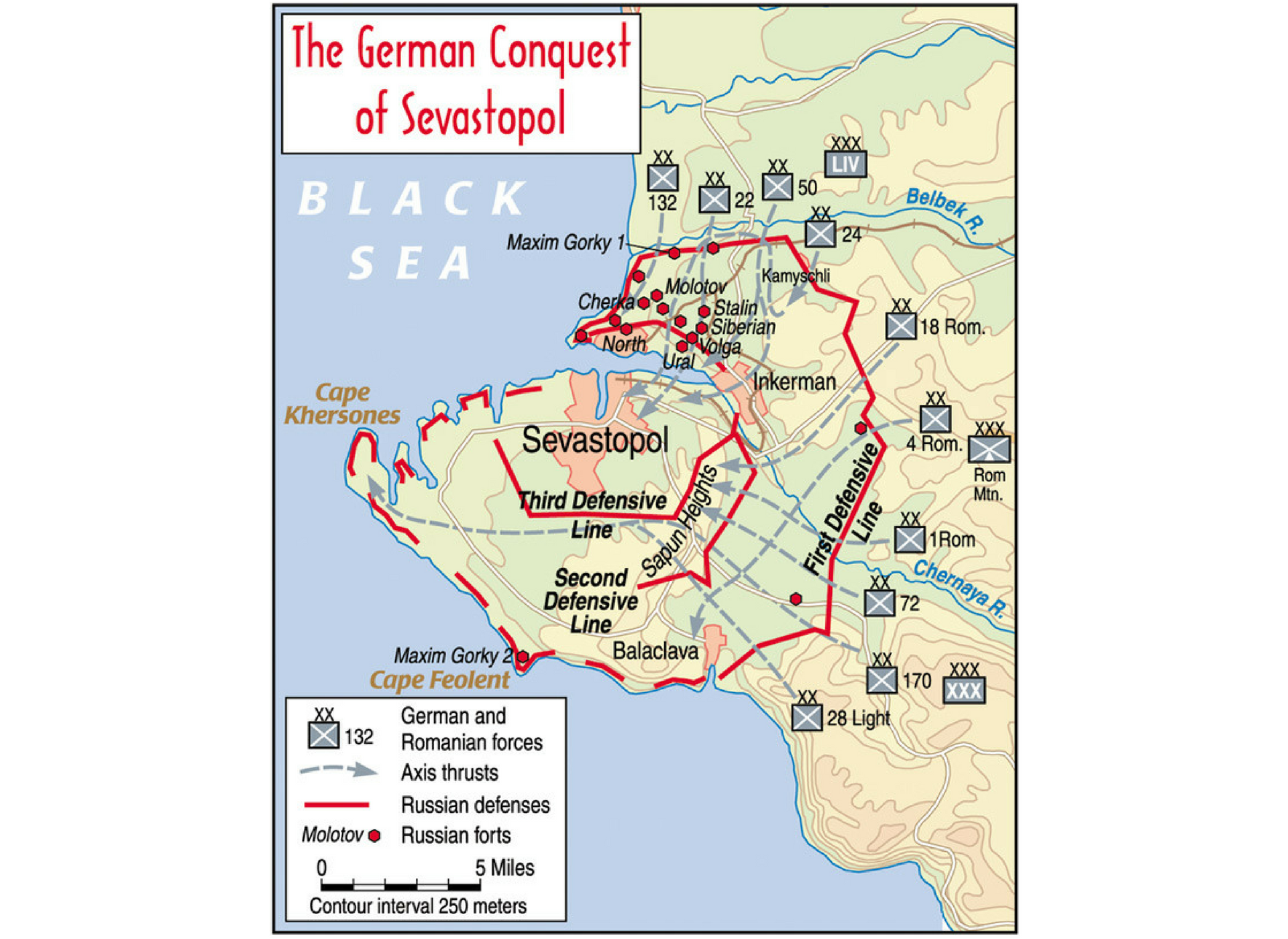




![Max Fuchs, New York City cantor, sings as Rabbi Sydney [sic] Lefkowitz, Richmond, VA, conducts the first Jewish services from Germany.](/sites/default/files/styles/max_650x650/public/2025-10/image1.jpg)



